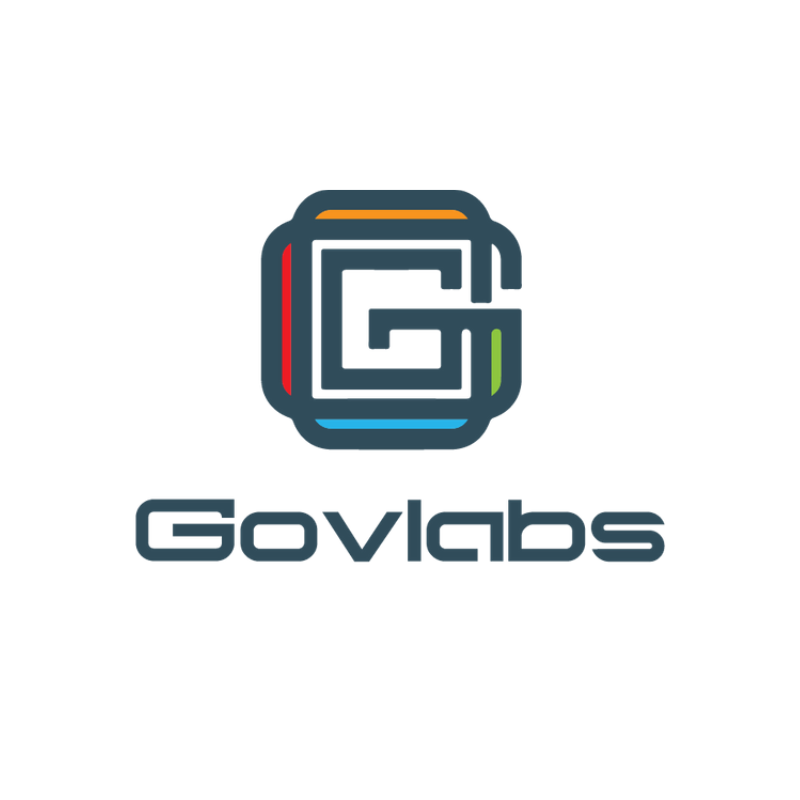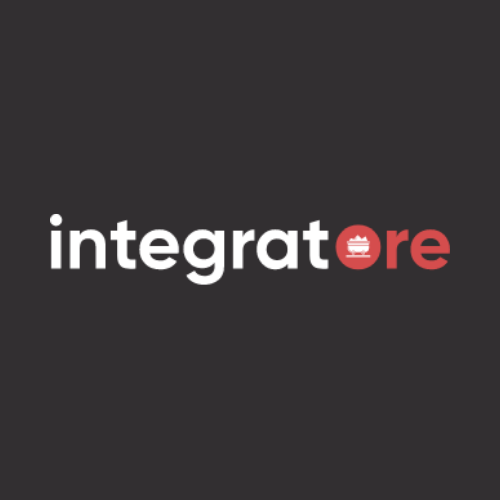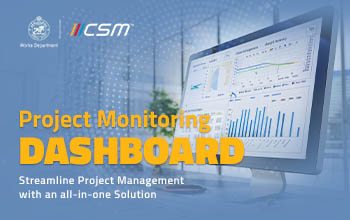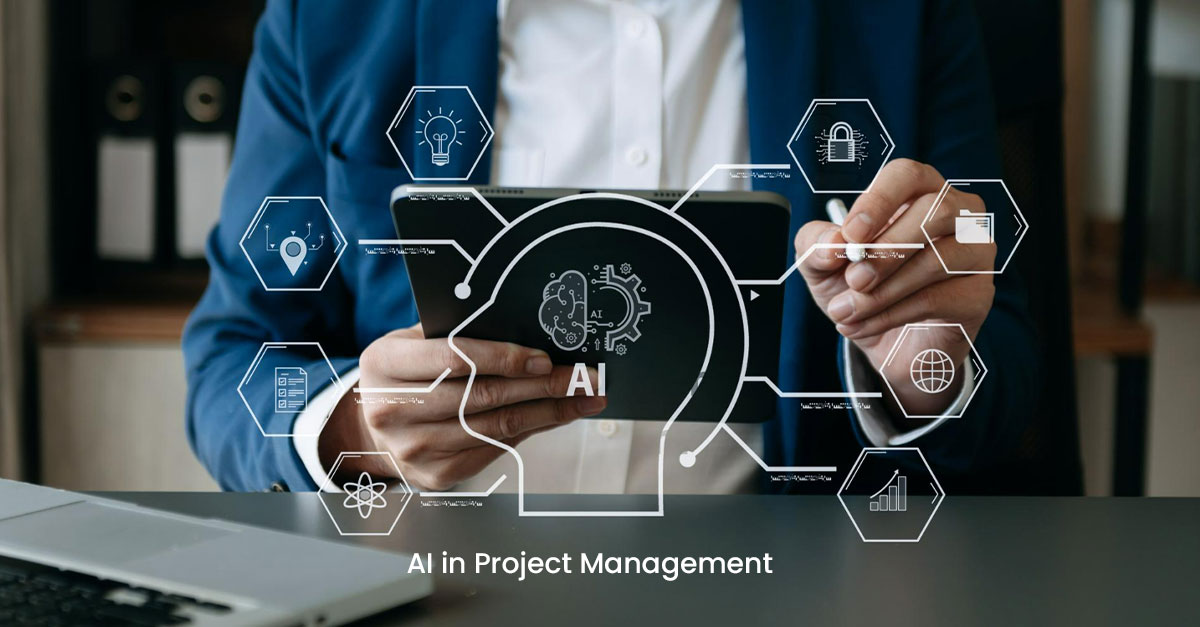In today’s digital-first economy, data is more than an asset—it's the fuel powering innovation, operations, and strategic decisions. But as data volumes explode and compliance demands intensify, traditional data governance methods struggle to keep pace. Enter AI-powered data governance: a transformative approach that not only ensures compliance and security but also provides a strategic advantage for forward-looking organizations.
.jpg)
The Challenge with Traditional Data Governance
Traditional governance frameworks rely heavily on manual rules, human oversight, and reactive audits. This approach is increasingly unsustainable due to:
- The exponential growth of structured and unstructured data
- Siloed systems across departments and platforms
- Complex compliance with evolving regulations like GDPR, CCPA, and HIPAA
- The need for real-time insights and actions
Organizations need to shift from static governance to intelligent, automated systems that can scale and adapt—this is where AI steps in.
What Is AI-Powered Data Governance?
AI-powered data governance leverages artificial intelligence and machine learning to automate, enhance, and scale governance practices. Instead of just documenting rules and applying manual controls, AI enables systems to:
- Discover and classify sensitive data automatically
- Detect anomalies, breaches, or misuse in real time
- Monitor data lineage and maintain integrity
- Enforce policies dynamically based on context
- Recommend improvements based on usage patterns and risk assessments
It’s not just about control—it’s about turning governance into a strategic enabler.
Key Benefits of AI-Driven Data Governance
1. Automated Data Discovery and Classification
AI tools can scan massive datasets across cloud and on-premise systems to identify personal, financial, or confidential data. This eliminates reliance on manual tagging, ensuring more accurate and up-to-date classification. IBM Watson Knowledge Catalog uses machine learning to automate data discovery, making it easier for teams to comply with data privacy laws and enforce access control.
2. Real-Time Policy Enforcement
Machine learning can enforce governance policies in real time—blocking unauthorized access, alerting admins about unusual activity, or restricting downloads of sensitive information.Microsoft Purview integrates AI to automatically enforce compliance policies across Office 365, ensuring that sensitive data doesn’t leak via email, Teams, or OneDrive.
3. Data Lineage and Provenance Tracking
AI tools track data origin and transformation through every stage of its lifecycle. This transparency supports compliance audits and improves trust in analytics outputs. Collibra’s data intelligence platform uses AI to generate automated lineage diagrams that reveal the path of data—from source to dashboard.
4. Proactive Risk and Anomaly Detection
AI can spot irregular patterns and flag potential security threats or compliance violations before they cause damage. This predictive approach moves governance from reactive to proactive.Google Cloud's DLP (Data Loss Prevention) API detects and redacts sensitive information across data pipelines, protecting organizations from unintended exposure.
5. Improved Access and Usage Insights
AI monitors who’s accessing data, how it’s being used, and whether it's compliant with internal policies. It can suggest tighter access controls or flag idle datasets for optimization. AWS Macie uses AI to analyze access patterns and recommends governance improvements for unstructured data stored in S3 buckets.
Why It’s a Strategic Advantage
In a world where data breaches are costly and trust is currency, organizations that implement AI-powered data governance gain:
- Faster compliance with global regulations
- Reduced operational risks and security threats
- Higher data quality for analytics and AI initiatives
- Streamlined operations with lower manual effort
- Greater agility in launching new data-driven services
Moreover, it enhances data trust, encouraging wider adoption of analytics across business functions and accelerating digital transformation.
Getting Started: Best Practices
If you're looking to implement AI-powered data governance, consider these steps:
- Start small: Begin with a pilot project focusing on high-risk data or compliance areas.
- Choose the right tools: Look for AI governance platforms that integrate with your data ecosystem.
- Engage cross-functional teams: Governance isn't just IT’s job—include legal, compliance, and business users.
- Embed explainability: Ensure AI decisions are transparent and auditable.
- Measure impact: Track improvements in data quality, compliance, and efficiency.
Final Thoughts
AI-powered data governance isn’t just a technological upgrade—it’s a strategic shift. For digital-first organizations, it turns data from a liability into an asset and governance from a constraint into a competitive advantage.
By combining the speed and scalability of AI with the structure of traditional governance, businesses can unlock trusted insights, ensure regulatory alignment, and pave the way for truly intelligent operations.
In the age of digital acceleration, smart governance is smart business.





























.jpg)





























We will verify and publish your comment soon.